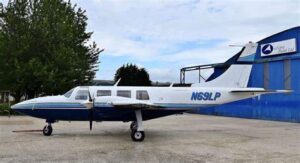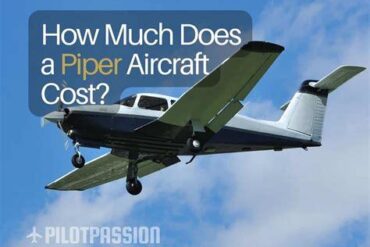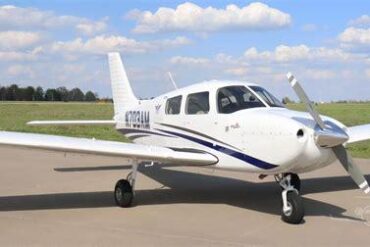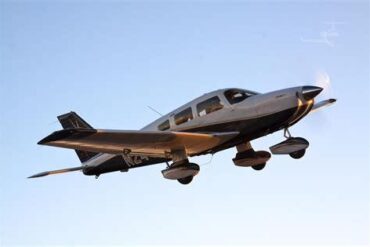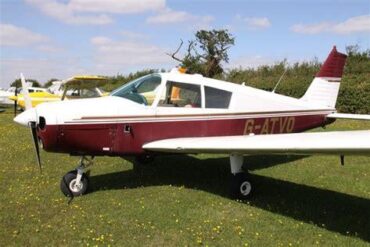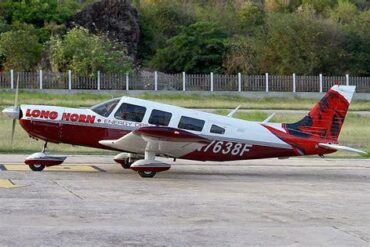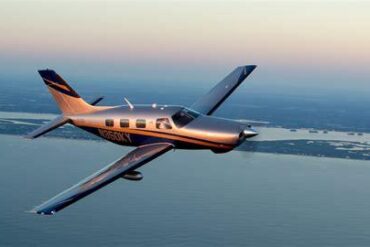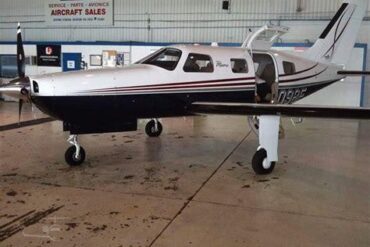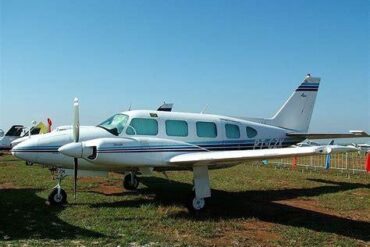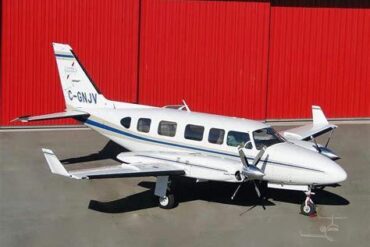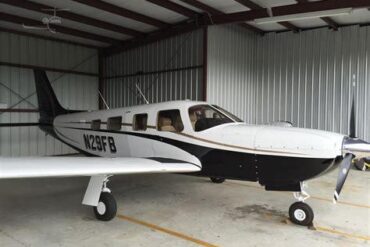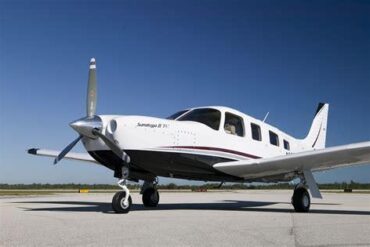Overview of the Piper Aerostar
The Piper Aerostar is a high-performance twin-engine aircraft renowned for its speed, agility, and robust engineering. Originally designed by Ted R. Smith and later manufactured by Piper Aircraft, the Aerostar remains one of the fastest twin-piston aircraft ever produced. It is highly regarded for its sleek design, advanced avionics, and the ability to fly at high altitudes and speeds. These features make the Piper Aerostar an attractive option for private owners and small business operators who seek performance without stepping into the turbine engine category.
Initial Purchase Price
When evaluating the Piper Aerostar, one of the first considerations is its initial purchase price. As of 2024, the price of a used Piper Aerostar varies widely depending on several factors, including the model year, total flight hours, condition, and installed avionics.
-
Base Model Pricing: For older models such as the Aerostar 600 (produced from the 1960s to the 1970s), prices can start as low as $150,000. These earlier models are typically equipped with less advanced avionics and may require significant updates to meet modern standards.
-
Upgraded Models: Newer models like the Aerostar 700 or Super 700, which boast increased power and enhanced features, can command prices upwards of $400,000. These aircraft often include more advanced avionics suites, pressurization systems, and engine modifications, adding to their market value.
-
Customization and Upgrades: Many Aerostar owners choose to upgrade their aircraft with modern avionics, improved interiors, and other customizations. These upgrades can significantly increase the aircraft’s value, with costs ranging from $50,000 to $200,000 depending on the extent of the modifications.
Operating Costs
Owning a Piper Aerostar involves several ongoing costs that owners must consider. These costs include fuel consumption, maintenance, insurance, hangar fees, and other operating expenses. Below, we break down the primary cost components associated with owning and operating a Piper Aerostar.
Fuel Consumption
One of the most significant operating expenses for any aircraft is fuel consumption. The Piper Aerostar, with its twin-engine setup, is known for its relatively high fuel burn rate compared to single-engine aircraft.
-
Average Fuel Burn: The Piper Aerostar 600 series typically burns between 22 to 28 gallons per hour (GPH) per engine. For the Aerostar 700 series, this can increase to 26 to 34 GPH per engine.
-
Fuel Cost: Given that aviation fuel (100LL) costs around $6.00 per gallon in 2024, the hourly fuel cost for the Aerostar ranges from $264 to $408 per hour of operation, depending on the model and power settings used.
Maintenance Costs
Maintenance is another critical factor in the operating costs of the Piper Aerostar. Regular maintenance ensures that the aircraft remains in safe operating condition and complies with Federal Aviation Administration (FAA) regulations.
-
Annual Inspection: The FAA requires an annual inspection for all aircraft, which typically costs between $3,000 and $6,000 for the Piper Aerostar, depending on the aircraft’s condition and the complexity of the inspection.
-
Engine Overhaul: The engines of a Piper Aerostar generally require a major overhaul after 1,800 to 2,000 hours of operation. The cost of an overhaul can range from $40,000 to $60,000 per engine.
-
Other Maintenance: Routine maintenance, including oil changes, tire replacements, and brake inspections, typically costs between $1,500 and $3,000 annually. However, unexpected repairs can significantly increase maintenance expenses, particularly for older aircraft.
Insurance Costs
Aviation insurance is essential for protecting the owner’s investment in the Piper Aerostar. Insurance costs vary based on factors such as the pilot’s experience, the aircraft’s value, and the coverage level selected.
-
Hull Insurance: This covers damage to the aircraft itself and typically costs 1% to 2% of the aircraft’s insured value per year. For an Aerostar valued at $300,000, this translates to an annual cost of $3,000 to $6,000.
-
Liability Insurance: This covers third-party damage and is usually a fixed cost. For the Piper Aerostar, liability insurance typically ranges from $1,000 to $2,000 annually.
Hangar Fees
Storing the Piper Aerostar in a hangar is advisable to protect it from the elements and potential damage. Hangar fees vary widely depending on the location, airport, and availability.
- Monthly Hangar Fees: On average, hangar fees range from $300 to $1,000 per month. In high-demand areas, such as major metropolitan airports, these costs can be significantly higher, reaching up to $2,000 per month.
Other Operating Costs
Other miscellaneous operating costs associated with the Piper Aerostar include landing fees, navigation fees, deicing, and pilot training.
-
Landing Fees: Many airports charge landing fees, which can range from $10 to $200 per landing depending on the airport’s size and location.
-
Navigation Fees: Some regions, particularly in Europe, charge navigation fees for using air traffic control services. These fees are typically based on the aircraft’s weight and distance flown.
-
Deicing Costs: In colder climates, deicing is a necessary procedure to ensure safe flight operations. Deicing costs can range from $200 to $500 per event depending on the airport and severity of the weather conditions.
-
Pilot Training: If the owner or designated pilot needs to undergo recurrent training, the cost for a training course can range from $1,500 to $5,000 annually.
Resale Value Considerations
The resale value of a Piper Aerostar is influenced by several factors, including market demand, aircraft condition, and upgrades. While the initial purchase price is a significant investment, understanding the potential resale value is crucial for long-term ownership planning.
-
Depreciation: Like most aircraft, the Piper Aerostar will experience depreciation over time. However, due to its unique performance characteristics and continued popularity, the Aerostar tends to hold its value relatively well compared to other aircraft in its class.
-
Impact of Upgrades: Upgraded avionics, engine modifications, and well-maintained interiors can positively impact the resale value, often recouping a substantial portion of the upgrade costs upon sale.
-
Market Trends: The resale market for the Piper Aerostar is subject to fluctuations in the broader aviation market. Factors such as fuel prices, economic conditions, and changes in aviation regulations can all impact the demand and resale value of the aircraft.
Conclusion
The Piper Aerostar offers a compelling combination of performance, speed, and value in the twin-engine piston aircraft category. However, prospective owners must carefully consider the various operating costs associated with the aircraft, including fuel consumption, maintenance, insurance, and hangar fees. By understanding these costs and planning accordingly, owners can enjoy the benefits of this iconic aircraft while managing their investment effectively. Whether for personal use or business operations, the Piper Aerostar remains a standout choice for those seeking high performance without the complexities of turbine engines.
